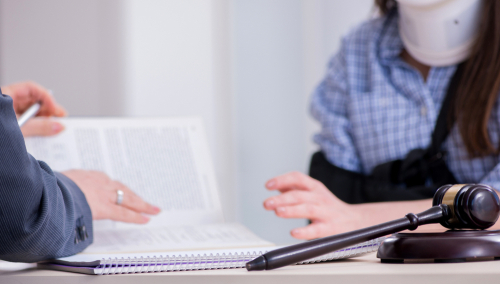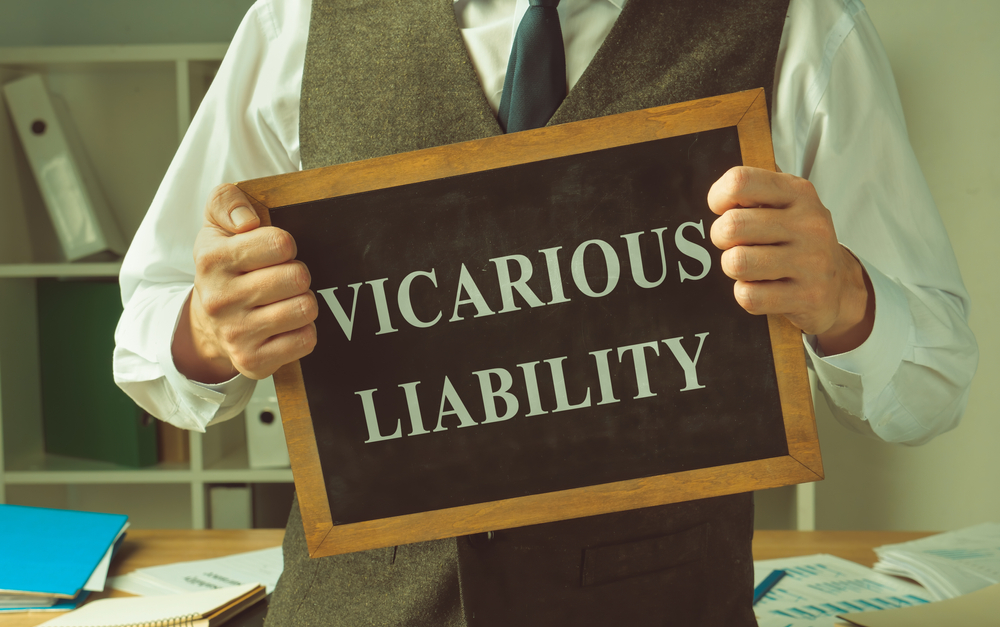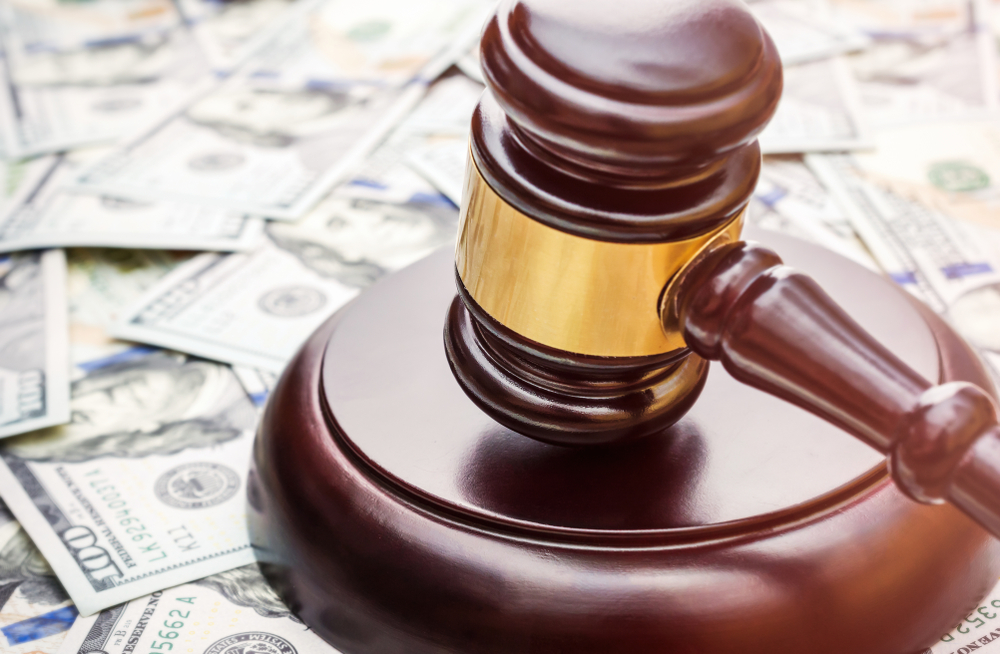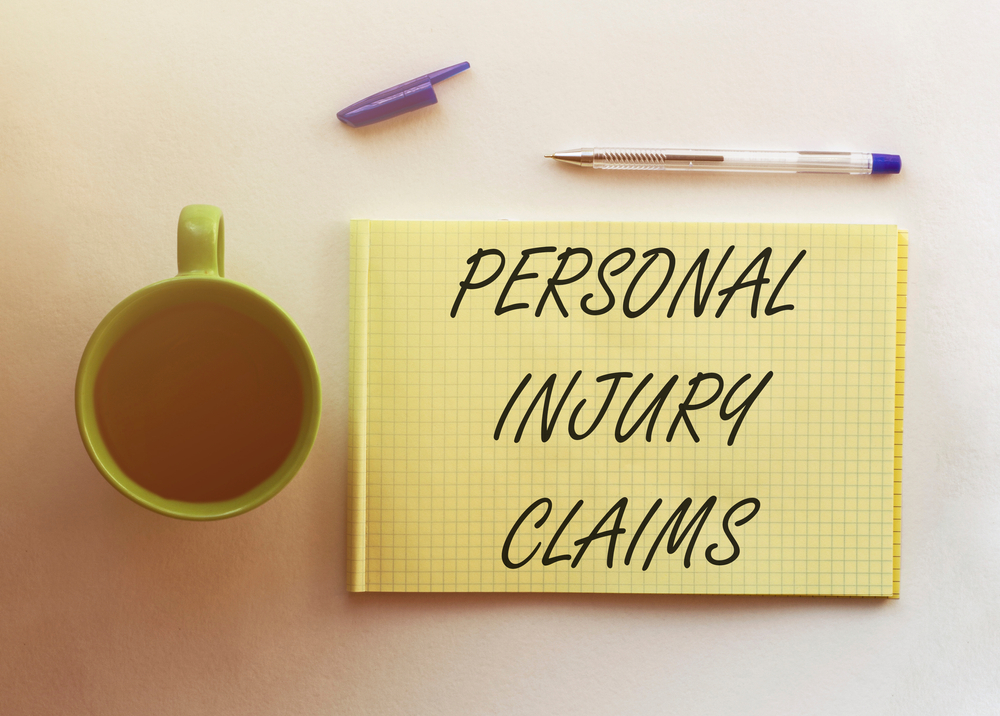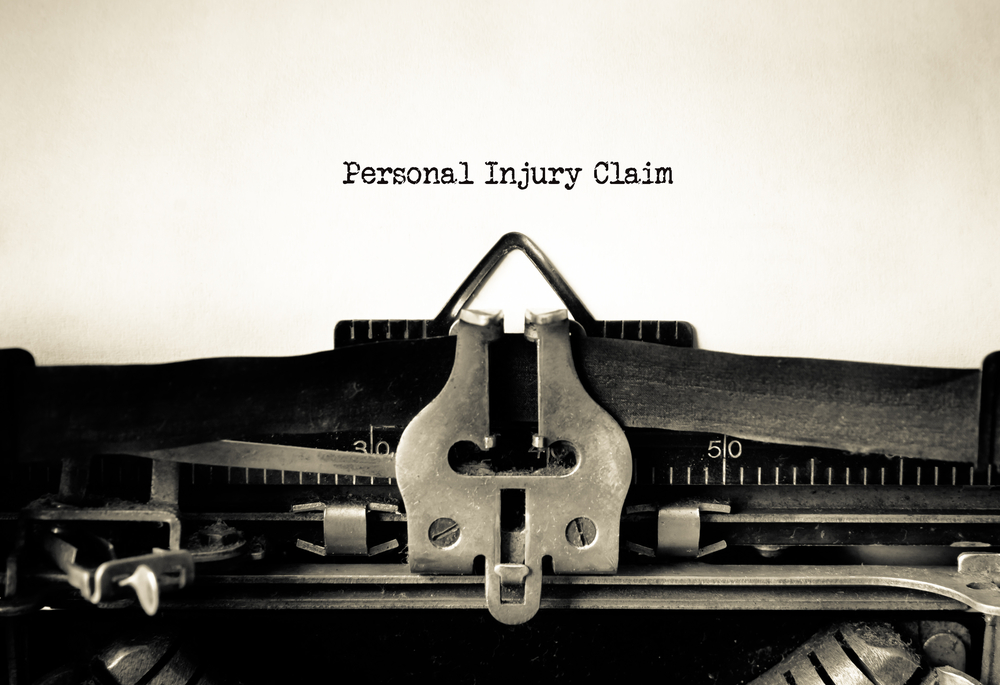Were you injured in Glendale in an accident involving another person’s negligence? This article describes how a personal injury attorney could help your case, including potentially receiving compensation for your injuries. If you have additional questions, our Glendale personal injury lawyers can help today.
They Can Educate You About Your Rights
If you are like many personal injury victims, you may have more legal rights after an accident than you think. You should not rely on the other party’s insurance company to tell you the damages you could be entitled to. For example, in California, you could still be entitled to damages in a car accident if you were partially at fault. Your attorney at Ourfalian & Ourfalian will detail your rights and how they could affect a claim or lawsuit.
They Can Hire Expert Witnesses To Prove Liability
In some personal injury claims – auto accidents, medical malpractice, and product liability – expert witness testimony could be essential to prove liability. Experienced Glendale personal injury attorneys have established relationships with many professional expert witnesses who can help at both the settlement table and in court. They will hire an expert witness to provide convincing testimony about your case when needed.
They Can Investigate The Claim
In the initial consultation, the attorney will listen to your version of events and ask questions about the accident. They will investigate the claim and search for evidence to prove liability. An experienced personal injury lawyer knows the evidence to search for and what is admissible in court.
For instance, a police report is often inadmissible, but any social media posts you make about the accident could be. Your attorney knows the details of the California Evidence Code, so they know what can prove and hurt your case.
They Will Negotiate With The Insurance Company
One of the ways that personal injury victims lose claims is by not hiring an attorney and settling for too little. Remember, insurance adjusters are trained, professional negotiators who aim to get injured parties to settle for as little as possible.
An experienced Glendale personal injury attorney will take charge of insurance negotiations and ensure you get what you deserve.
They Can Represent You In Court
Many accident claims are settled out of court; neither side usually wants to go through the time, expense, and uncertainty of a trial by jury. However, the insurance company sometimes will not offer enough money for someone’s injuries. In that case, a trial could be inevitable.
Most injured parties should not go to court against an insurance company if they do not have an attorney. Your lawyer has years of trial experience and can represent your rights vigorously, arguing passionately for your case before a jury of your peers.
They Will Work Within The California Statute Of Limitations
All states limit how long you have to file a claim in court after you suffer a personal injury. This is called a statute of limitations, and there are various deadlines depending on the type of claim.
In California, you have only two years from the date of injury to file a personal injury lawsuit. In most cases, the clock starts when the accident happened. Your attorney will know the statute of limitations and ensure that all legal documents are filed promptly.
However, note that the statute of limitations only applies to court cases. Most injured parties initiate an insurance claim within a few days or weeks of the accident. But you should always remember the two-year statute of limitations to have plenty of time to sue.
They Will Draft Legal Documents On Your Behalf
You require a well-written settlement agreement if the claim is settled outside of court. A formal complaint and possibly motions must be filed if the case goes to trial. Just one wrong word or misunderstanding of California law can negatively impact your claim, so your attorney’s job here is of paramount importance.
Will Comparative Negligence Rules Affect Your Claim?
California courts must follow the state’s laws on comparative negligence when the case goes to trial. However, things can go differently when you deal with an insurance company during negotiations. It is not unusual for insurance adjusters to attempt to use the comparative negligence rule against you during settlement talks. But your attorney will fight vigorously to prove the other party was negligent. Thus, this is another strong reason to have an experienced litigator representing you.
Caps On California Personal Injury Claims
California does not have a universal cap on the damages you can receive in a personal injury lawsuit. However, there are some specific situations where limits are in place that your attorney is aware of.
For example, California law does not allow most uninsured drivers to receive non-economic damages (such as pain and suffering) after an auto accident. This is true even if the other driver was 100% at fault.
Also, there are limits on damages in certain medical malpractice cases. The law sets a $350,000 cap for non-economic damages in most of these lawsuits, but the cap increases annually.
Large Claims Require An Experienced Personal Injury Attorney
The bigger the accident and injuries, the more the at-fault party and their insurance company will contest it. California has comparative fault laws, so the defendant will attempt to blame you as much as they can.
When so much is at stake, you should have an attorney representing you in negotiations or in court. Most personal injury attorneys are paid a contingency fee, so they will only take your case if they are confident they can win. So, it is to your benefit to have an attorney review your case. If your case is weak, they will let you know. But if there is strong evidence another party is liable, you could be entitled to compensation.
Speak To Our Glendale Personal Injury Lawyer Today
Being injured in an accident caused by someone’s negligence is upsetting, but you have legal options. If negligence can be proven, you could be eligible for compensation in a lawsuit, and a skilled personal injury attorney can be an invaluable resource. Please contact our Glendale personal injury lawyers at Ourfalian & Ourfalian today at (818) 550-7777.

